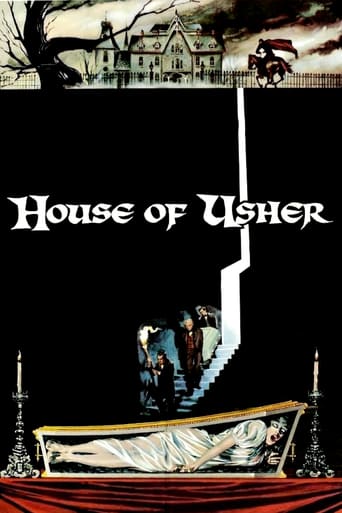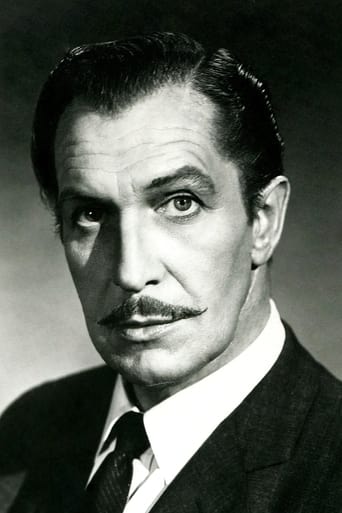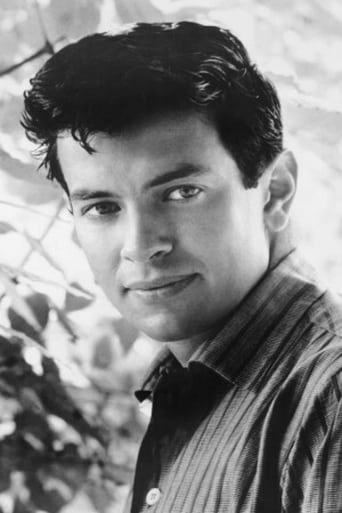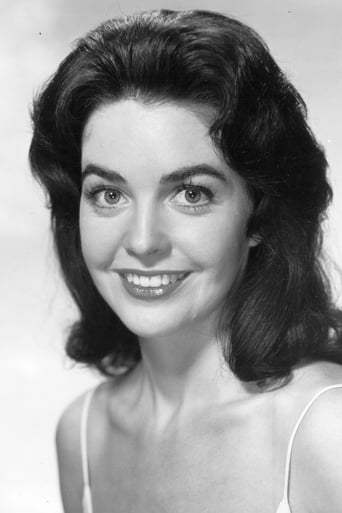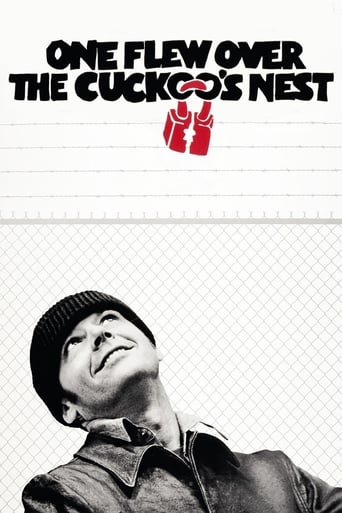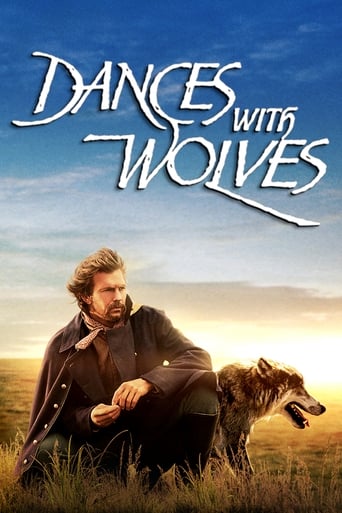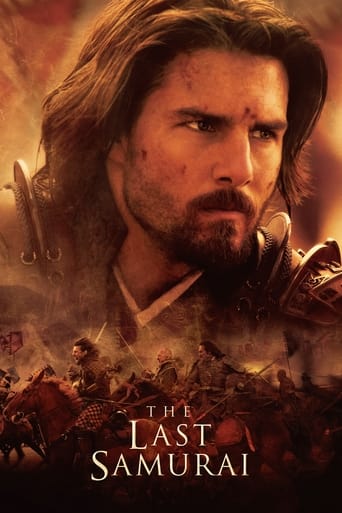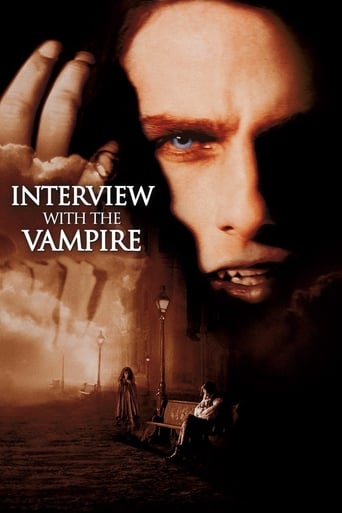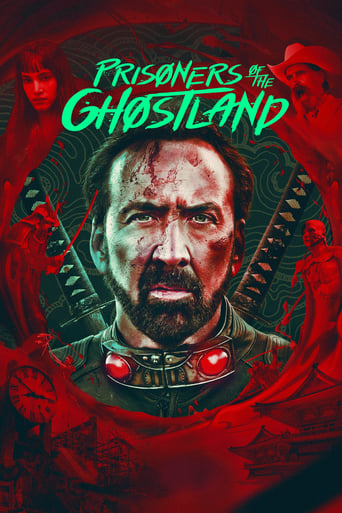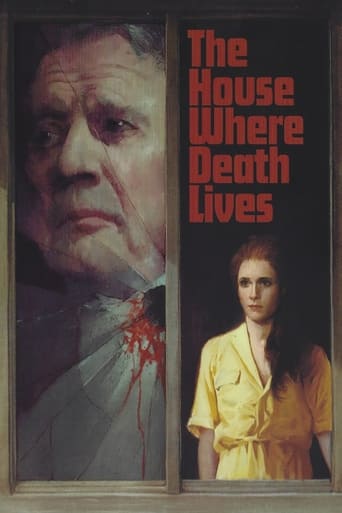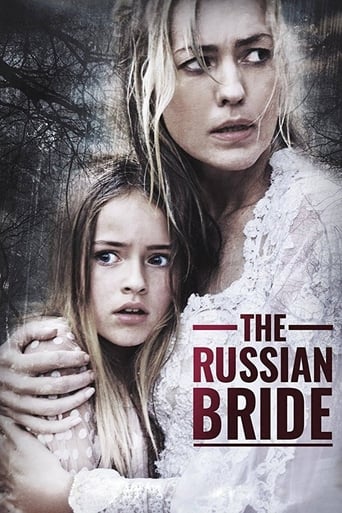House of Usher (1960)
Convinced that his family’s blood is tainted by generations of evil, Roderick Usher is hell-bent on destroying his sister Madeline’s wedding to prevent the cursed Usher bloodline from extending any further. When her fiancé, Philip Winthrop, arrives at the crumbling family estate to claim his bride, Roderick goes to ruthless lengths to keep them apart.
Watch Trailer
Cast
Similar titles
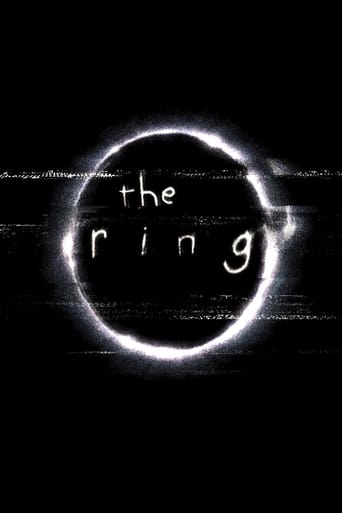

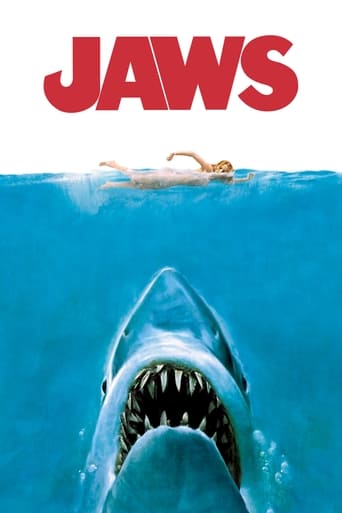
Reviews
This is a must-see and one of the best documentaries - and films - of this year.
If you like to be scared, if you like to laugh, and if you like to learn a thing or two at the movies, this absolutely cannot be missed.
This is a small, humorous movie in some ways, but it has a huge heart. What a nice experience.
Easily the biggest piece of Right wing non sense propaganda I ever saw.
Always a penny-pinch, Roger Corman made a modest budget of around $300,000 go far with this Poe adaptation. Instead of two low-rent black and white trash movies he convinced the money men to let him do a single, prestige picture in color and Cinemascope. They agreed, but there is really not a feature-length story here, and it limps across the 79-minute mark gasping and wheezing.Well-to-do Philip Winthrop arrives at the gloomy House of Usher to whisk his fiancée away to a new life in Boston. Her brother Roderick (a blonde Vincent Price) objects to it, claiming that the Usher bloodline is doomed to misery and that the dark, old house won't let her leave. Er...so how did they meet in the first place? Philip imposes himself on the household and discovers that they are all indeed quite mad. Had he been a little older and wiser he would have realized that no woman is worth that trouble and rode right on out of there. But then we wouldn't have a movie, or what has been stretched out into a movie.The pacing, sets, and morbid atmosphere all feel very similar to Pit and the Pendulum, which Corman and Price did a year later. Had I not been recently familiar with that movie then perhaps Fall of the House of Usher might have had a better effect on me, but they are both so alike that I felt like I was watching the same movie twice. It looks pretty and the aching, wobbling house is a wonderful location with a brooding, foreboding gloom surrounding it, but there simply isn't enough for this quartet of characters to do.
Vincent Price, Mark Damon and Myrna Fahey star in Roger Corman's 1960 horror adaptation of Edgar Allan Poe's novel, "The Fall of The House of Usher." Price (Pit and the Pendulum) plays Roderick Usher, a wealthy man who lives with his ill sister, Madeline (Fahey). Damon plays her fiancée, Philip Winthrop who comes to the Usher house to see her. He learns that she's ill as well as Roderick and that a terrible curse is inflicted on the house due to their criminal ancestors. Though Philip is persuaded to leave, he vows to stay and suspects Roderick is trying to kill her. This is a good horror flick with a spooky atmosphere and the late, Price was terrific in it as usual. I recommend this.
Some say that this is the Best of Director Roger Corman's Poe Films, those that do are Constantly Reminded of the Masque of the Red Death (1964). This one is Understated and not as Lavish as the Other, but has more Psychological Concerns and Tension on its Mad Mind.Here Vincent Price has Striking Blonde Hair and is Without Mustache, but his Mellifluous Tones and Impeccable Gothic Readings give an Uneasy Air along with the Stifling, Suffocating Catacombs.The Film is Gorgeously Filmed with Color Saturation and some Unsettling Artwork and Castle Settings that makes the House one of the Participants in this Slow-Burner that Fires Up in the Third Act from its Melancholy Beginning.If You are Interested in Corman or Price or Poe, this is a Good Place to Begin in that Cycle, since its the First. If Their Other Work, Outside this Series, is of Importance it's Still a Great Introduction because this is an Excellent Piece.
"The Fall of the House of Usher" was the first in a cycle of films based on the works of Edgar Allen Poe and made by Roger Corman between 1960 and 1964. (All but one of these starred Vincent Price). As with some of the later entries in the series, Corman makes a number of changes to Poe's story. Poe never explicitly states where the action of his story takes place, but his references to the house being many centuries old suggest a location somewhere in Britain. (In his lifetime few American houses would have been older than a century, and none older than two centuries). The film, however, is explicitly set in New England, with the explanation that the house was dismantled and re-erected across the Atlantic when the Ushers emigrated. Poe's nameless narrator is invited to the house as a boyhood friend of its owner, Roderick Usher. Here he is given the name Philip Winthrop and is the fiancé of Roderick's sister Madeline. In the story Roderick and Madeline are twins, but here Roderick is a middle-aged man considerably older than either his sister or Philip. In the original Madeline only appears briefly before her death, but here she is given a more important role. Most importantly, Corman introduces a moral theme not found in Poe. (He was to do something similar in a later Poe film "The Masque of the Red Death", where the innocent young girl Francesca is introduced so that her goodness can act as a foil to the villainy of Duke Prospero).Poe's Ushers were a distinguished family, noted for their charity and their patronage of the arts; there is nothing to suggest that the decline in their fortunes is in any way connected with their moral character. Here, Roderick and Madeline are the last survivors of a family notorious for wickedness, cruelty and vice, many of whom went mad, and it is implied that their evil has blighted the surrounding countryside and suffused the very walls of the house itself. Poe used the phrase "fall of the house" in a double sense, referring to both the decline of the family and the physical collapse of their home. The film does the same, but with the implication that this "fall" is the natural result of, and a just reward for, centuries of evil living. Despite its divergences from Poe's plot, however, the film still keeps an essential feature of his story, namely the atmosphere of psychological terror which pervades it. Much of this is due to the performance of Vincent Price (Neither Mark Damon as Philip nor Myrna Fahey as Madeline makes much of an impression). Like Poe's character, Price's Roderick is a man prey to all sorts of fears- he is hypersensitive, a hypochondriac, obsessed with the evil deeds of his ancestors and tormented by the idea that, like them, he is doomed to madness. He believes firmly that if Philip succeeds in his intention of taking Madeline away from the house some unspecified evil will follow. The Madeline we see in this film, unlike her counterpart in the original story, initially seems physically and mentally healthier than her brother, but it quickly becomes clear that she has health problems of her own, and that she may also be in danger from another source.This was the first film which the studio, American International Pictures, made in colour. AIP had only been founded six years earlier, and had hitherto specialised in low-budget black-and-white movies, often aimed at the teenage market. "The Fall of the House of Usher" was made on a rather higher budget than most earlier AIP films (although still lower than the average film of this period) and was clearly aimed at a more prestigious market. In some of his later Poe adaptations, such as "The Masque of the Red Death", Corman was to reveal himself as a master colorist, but here the use of colour does not really add anything, and it struck me that this is a film which might have been better had it been made in black-and-white. Certainly, monochrome photography was becoming unfashionable in the American cinema in the early sixties, but films like "The Haunting" from three years later show that it was still possible to make effective black-and-white horror movies during this period, and Poe's story might have benefited from a similar expressionist treatment. The exterior scenes of the old house might also have seemed more convincing in black-and-white. Another visual element I disliked was those curious paintings of Roderick's ancestors, as their crude, modernistic style seemed very inappropriate given that the action is supposed to take place during the 1830s or 1840s. "The Fall of the House of Usher" has some similarities with the last film in the Poe-Corman cycle, "The Tomb of Ligeia"; in both films there is a certain ambiguity as to whether the characters really are threatened by supernatural evils or whether these evils only exist as fears in the mind of the Vincent Price character (called Verden Fell in the later film). I would not rate it quite as highly as "The Masque of the Red Death", but overall, it is a pretty good film, a good example of the "understated" style of horror. ("The Haunting" is another such). The actual horrors which we see on screen are less important than the unnamed horrors which are hinted at but not shown directly. 7/10
